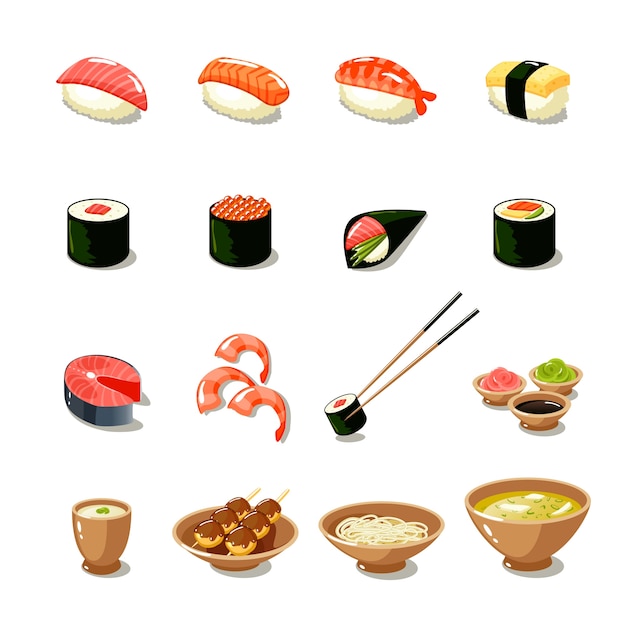
“If they ask us to prepay… I’m out,” I said to Patrick with a smirk as we approached one of Tokyo’s many restaurants specializing in fugu. The building had a giant blowfish head on its facade, and a large tank full of fish near the entrance. I began to question if this was a wise decision. Was the meal really worth the risk? Would it even taste good?
These doubts only grew after our coworkers, except Patrick, backed out last night when we had initially planned to visit this place. With it being Patrick’s last night in town, this was probably our final chance to dine here together.
The Lore
Fugu is arguably the most notorious Japanese delicacy. Internationally, it’s seen as deadly, forbidden, and terrifying. My first memory of fugu comes from an early Simpsons episode where Homer demands fugu at a sushi restaurant, leading to a novice chef attempting to prepare it. Homer believes he has only 24 hours to live and spends what he thinks is his last day on Earth. The chef’s words, as he looked at the fugu diagram, echo in my mind: “Poison, poison, tasty fish.”
The Cuisine
In Japan, however, fugu is more of a culinary treasure than an urban legend. It’s widely eaten, particularly in major cities. Nonetheless, even the emperor is forbidden from consuming it due to its lethal potential. There are many varieties of pufferfish, not all of them poisonous, but those that are can be fatal if improperly prepared.
Is it Safe?
Fugu chefs undergo years of training to master the precise technique needed to avoid the poisonous organs. One mistake, however, and the neurotoxin can be deadly, gradually paralyzing the body while the victim remains fully conscious until they eventually die from asphyxiation. The lethal dose is minuscule, and there is no antidote.
However, deaths from professionally licensed establishments are extremely rare. Most cases involve unskilled chefs, people attempting to prepare it themselves, or those deliberately consuming the poisonous parts. Even so, I couldn’t shake the anxiety. What if our chef had an off day? The chef holds our lives in his hands, and I’m not indifferent to the gravity of the experience.
The Restaurant
We entered the quiet restaurant. The first floor seemed small and almost empty, with a smiling lady behind a tiny sushi bar. My concerns eased as the host, noticing our lack of Japanese, kindly led us upstairs. The upstairs area was larger and more bustling, even on a late Sunday night, which reassured me.
We were seated at a small table in the back. Nearby, two women were enjoying fugu hotpot. The general atmosphere was subdued, with muted conversations filling the air.
What to Eat?
Our menus were extensive. I hadn’t realized there were so many ways to prepare fugu. After some contemplation, we decided to try various single items: fugu sashimi, deep-fried fugu, fugu BBQ, and deep-fried fugu-skin sashimi with cayenne pepper.
The Opener
As we waited for our drinks, the waiter served two small bowls as appetizers. I poked around with my chopsticks before taking a small bite—definitely fish. “Is it fugu?” Patrick asked. Given the exclusivity of the place, it had to be. Thus began our adventurous meal. The appetizer was pretty good, with small fish pieces and green vegetables. Nothing spectacular, but not bad either.
First Course
Next came the fugu sashimi, a sight unlike any other sashimi I’d seen. The slices were so thin you could see the plate beneath. I wondered if this was for style or necessity. Dipped in soy sauce, the fish’s flavor was overpowered by the sauce, so I tried it plain. The fugu itself was quite bland, merely absorbing flavors from its surroundings.
Second Course
As we moved on to the deep-fried fugu, my doubts grew. The fish pieces were thick and flaky, but a central bone made them tricky to eat. The taste was pleasant, especially with a squeeze of lime. So far, this was my favorite dish.
Third Course
The deep-fried fugu skin with cayenne pepper resembled spicy curly fries. Light, crispy, and mildly spicy, it was enjoyable. However, a few bites in, my throat felt tight, and I started sweating. Was it the spice or something more sinister? The occasional tingle on my tongue made me wonder if my mind was playing tricks on me.
Final Course
Finally, the fugu BBQ arrived. The waitress cooked it for us, perhaps doubting our ability to do it right. Watching the raw fish pieces grill made me anxious. The grilled pieces had a chewy texture and tasted excellent, likely due to the marinades rather than the fish itself.
As we finished, relief washed over us. Patrick and I exchanged half-smiles as we waited for the bill, making small talk.
The Verdict
So, was it worth it? If you ask if fugu is worth dying for, I’d say no. The meal wasn’t exceptionally remarkable. However, was the experience worth it? That’s up to each individual to decide. For me, fugu’s allure didn’t translate into an extraordinary dining experience. I found it somewhat bland and may not seek it out again.
Nevertheless, this unique experience added a layer of fascination to my travels in Japan. I’m glad I tried it, if only to satisfy my curiosity. In the end, it’s about making a choice: do you take the bite, or do you continue to wonder what if?